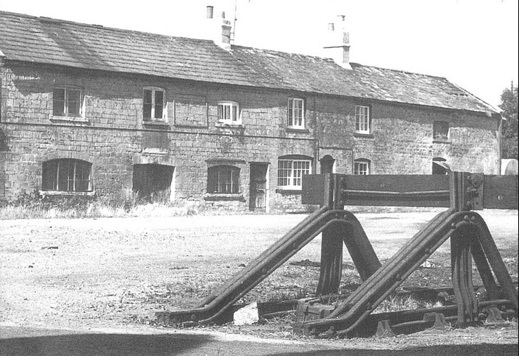SLHS Tramway Closure




Disclaimer
Whilst some care has been taken to check externally linked websites no responsibility is offered nor implied for the suitability, legality or reliability of content therein.
Statements are made here to the best of our knowledge. However no statement here should be regarded as irrefutable fact. Please contact us if you consider otherwise.
Further Information..
A full treatise on the tramway’s history: Warwickshire Railways-GWR
Walking the current remains: Firkling Blog1992: David & Nigel Shaw: StratfordTramway
SLHS Picture & Document Archives..
-
Picture Vaults: Coming soon..
Stratford to Moreton-in-Marsh
Last update: 31/10/2024
● These items have aspects that uniquely contribute to national or world history.
Was The Tramway A Success ?
Records show that the business model was sound. Carriers were responsible for their own wagons and they paid a fee to run these on the line. Overall the tramway turned a profit. However for its construction there had been considerable outlay which unfortunately it never fully repaid.
As a system it had been devised with the only technology of the time: horses for motive power. This meant that the custom made track and bedding stones could carry only four-wheeled wagons and their load. As you will have read technology was moving very rapidly and locomotives, which William James’ son had a hand in designing, were soon to come along. These were far too heavy for any of the rails of the day -they just shattered under the load. Indeed a new type of steel had to be concocted for them. Thus it’s not surprising that Brunel and Stephenson’s ‘high speed rail’ was eventually going to far outstrip the quaint tramway concept.
No Sudden Moment Of Closure
The railways had come and there was no stopping them. I’ve read that traffic limped on until 1881. Certainly short sections, here and there, continued to be used. However I believe that the true end came at least 20 years before that. By 1905 there was no traffic on any tramway track anywhere and in 1918, as other sources of better quality steel had run out throughout WW1, these tracks were finally lifted for a final contribution to the war effort.
More notes about the Oxford, Worcester & Wolverhampton Railway to go here..
*Wharf is William James’ canal speak for tram stop or depot.

Tramway terminus building in Moreton.


Terminus Building Nigel Shaw 1992
And Now..

To return to Master page click on ‘Tramway’ above.
This page deals with tramway’s southerly outreach and its final demise.
Then..
-
● Full
-
● Partial
-
● None
-
Theatres ●
